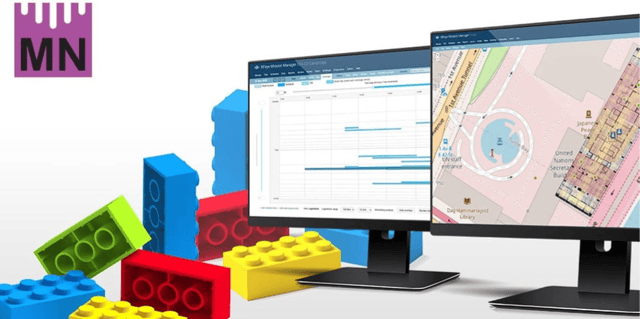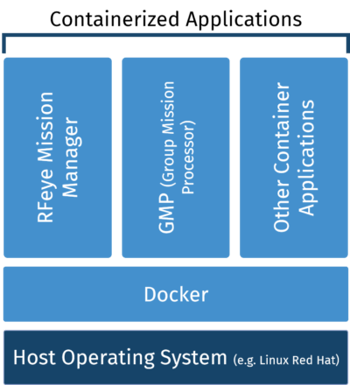RFeye Mission Manager: Interoperability & Flexibility at Its Core

RFeye Mission Manager, CRFS’ flagship solution for automated spectrum management, has recently seen an introduction of new features and functionality that will enable increased flexibility and compatibility, especially when looking at complex Technical Surveillance Counter Measures (TSCM) systems.
Systems and software that work in silos (or stovepipes) are increasingly being phased out. Government organizations and large companies are no longer wanting to be locked into contracts that constrain what they can or cannot do with technology. Systems need to be interoperable and scalable.
Mission Manager has always focused on what it does best: enterprise-level RF sensor management, and automated, wide-band spectrum monitoring. And rather than trying to force technological compromise on the user or limit functionality, Mission Manager builds on its core accessible architecture with the new Docker containerization and external triggering functionality.
 Docker Containerization
Docker Containerization
Mission Manager now supports advanced installations using Docker. While this may mean something significant to those savvy with containerization and virtualization technologies, what does this mean for the rest of us?
Software is normally bound to a particular version of Windows or Linux, this kind of dependency can create long-term costs over time. For example, if your mission-critical application was developed in Windows 7 and is not compatible with Windows 10, you can no longer upgrade your system until the developer supports Windows 10. This is the challenge that many government bodies face today. By containerizing the application, Mission Manager can install on any operating system of choice and it will always run to optimum performance.
External System Triggering
The second major feature change capitalizes on Mission Manager’s already-public RESTful API interface by allowing third party systems to trigger incidents within the software itself. While this change may sound simple, it has a big impact.
If we look at how this can be applied to Technical Surveillance Countermeasures (TSCM) and RFeye Guard, Mission Manager can maintain a whitelist and blacklist on elements outside of RF characteristics. These elements could be things like device type, operating system, MAC address, or IMSI. An external system can then look up that same whitelist/blacklist and trigger an incident within Mission Manager if it detects a breach.
Mission Manager can be used to compose a Common Operating Picture (COP) where the operator will have all the critical elements of information available on a single screen and be able to make a rapid judgement on whether there is presence of threat.
If you would like to know more about Mission Manager or any of the features mentioned here, please get in touch to request a personal demonstration, with the CRFS Team.
